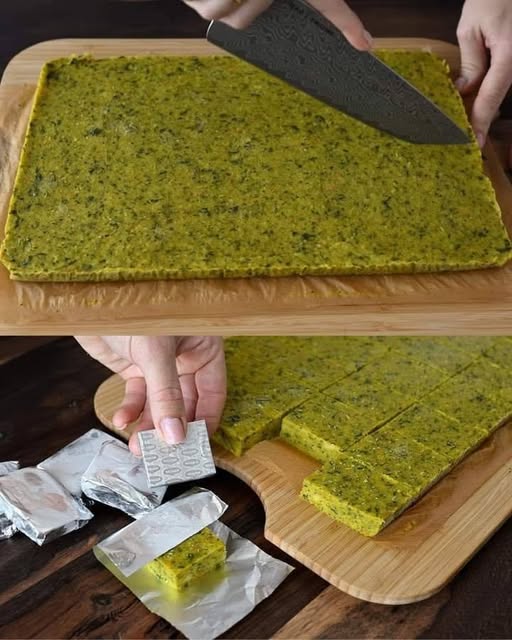Serving: Use the broth as a base for soups, stews, risottos, or to cook grains like rice and quinoa. It’s also wonderful sipped warm on its own as a comforting drink.
Storage: Let it cool completely. Store in jars or airtight containers:
In the fridge: up to 5 days
In the freezer: up to 3 months
As a paste (if blended): Store in small jars and freeze or refrigerate. Use a spoonful as needed.
Variations
Herb Add-Ins: Add thyme, bay leaves, or rosemary for deeper herbaceous notes.
Spicy Version: Add black peppercorns or a piece of fresh ginger.
Roasted Option: Roast the vegetables before simmering for a richer, deeper flavor.
FAQ
Q: Can I leave out any ingredients I don’t have?
Yes! This recipe is flexible. Use what you have, and try to include a mix of sweet (carrots, parsnips) and savory (onions, leeks, celery).
Q: Is it salty?
The salt helps preserve the broth if you’re storing it as a paste. You can reduce the amount and add salt as needed in your final dishes.
Q: Can I compost the leftover veggies if I strain the broth?
Absolutely. Strained vegetables make excellent compost or can even be blended into patties or savory muffins.
Conclusion
This homemade vegetable broth is a clean, nourishing, and chemical-free alternative to store-bought options. It’s easy to prepare, budget-friendly, and a fantastic way to get the most out of fresh produce. Make a big batch and enjoy the rich flavors it brings to your kitchen all week long!



Yo Make również polubił
Beef Rendang
Muffin in stile pizza così deliziosi
Almond Snowball Cookies with Raspberry Delight
Homemade Olive Garden Salad Dressing